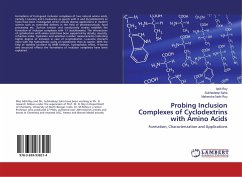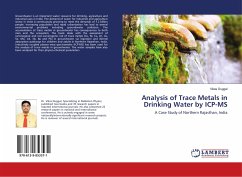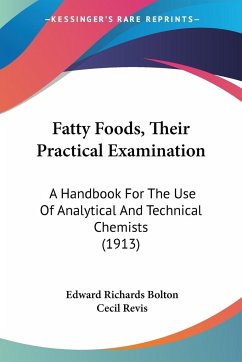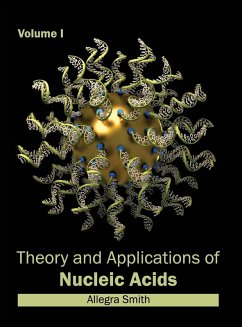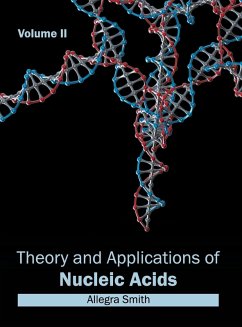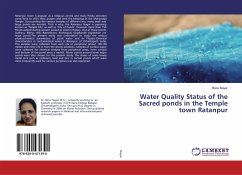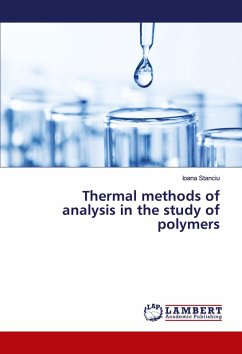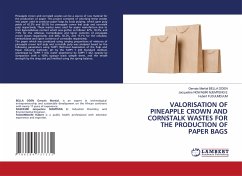
Optimisation of MALDI-TOF MS for the Detection of Omega-3 Fatty Acids
Versandkostenfrei!
Versandfertig in 1-2 Wochen
45,99 €
inkl. MwSt.

PAYBACK Punkte
23 °P sammeln!
The application of Matrix-Assisted Laser Desorption/Ionisation (MALDI-MS) in the analysis of compounds in various matrices is one which is increasingly becoming popular due to the versatility of the technique i.e. it can be used to investigate a variety of analytes, including most biomolecules. However, optimization of the procedure is highly recommended and often necessary when dealing with the identification or profiling of analyte mixtures, especially with analytes which are present in a similar mass-to-charge region with the matrix (or matrices) used for the analysis. This book highlights ...
The application of Matrix-Assisted Laser Desorption/Ionisation (MALDI-MS) in the analysis of compounds in various matrices is one which is increasingly becoming popular due to the versatility of the technique i.e. it can be used to investigate a variety of analytes, including most biomolecules. However, optimization of the procedure is highly recommended and often necessary when dealing with the identification or profiling of analyte mixtures, especially with analytes which are present in a similar mass-to-charge region with the matrix (or matrices) used for the analysis. This book highlights the importance of optimization in MALDI-MS for the successful detection of the fatty acids in fish oil mixtures. Here, this technique was utilized for the optimization of analytical parameters and sample preparation methods for the detection of eicosapentaenoic acid (EPA) and docosahexaenoic acid (DHA) poly-unsaturated fatty acids contained in generic omega-3 fish oil capsules.



